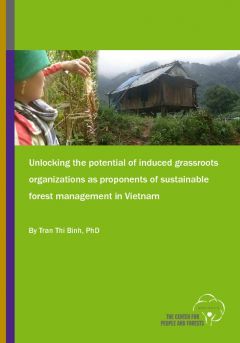Managing the Miombo Woodlands of Southern Africa : Policies, Incentives and Options for the Rural Poor, Volume 1. Main Report
Miombo woodlands stretch across Southern
Africa in a belt from Angola and the Democratic Republic of
Congo (DRC) in the west to Mozambique in the east. The
miombo region covers an area of around 2.4 million km. In
some areas, miombo has been highly degraded as a result of
human use (southern Malawi and parts of Zimbabwe), while in
others, it remains relatively intact (such as in parts of
northern Mozambique, and in isolated areas of Angola and the





